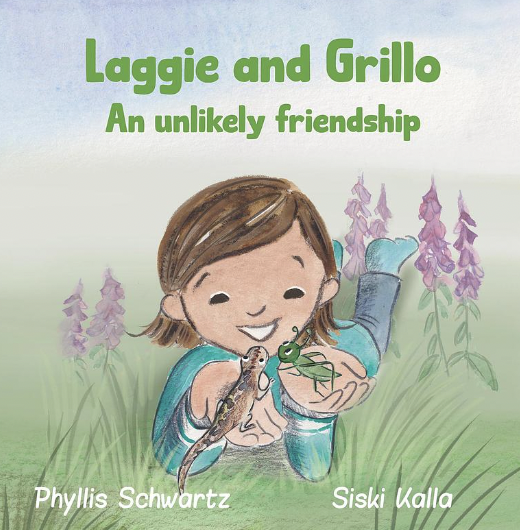
Yoshi wants a pet so badly she befriends some backyard critters who aren’t likely to get along and brings them into her circle of family and
friends for fun and frolic.
She aces a school writing assignment in the process by telling the tale in a poem that uses words from all over the world.
LAGGIE AND GRILLO: AN UNLIKELY FRIENDSHIP not only helps children think about the responsibilities of keeping a pet, but also about the importance of helping opposites get along. It’s a multicultural friendship story so full of rhyming fun you’ll want to be a part of it!
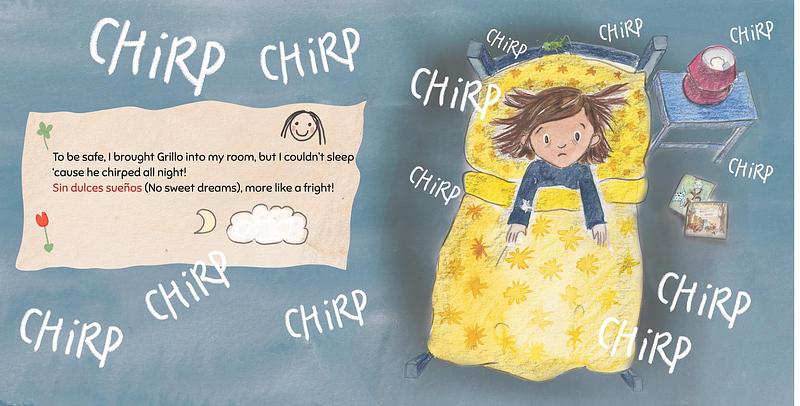
I received a complimentary copy of this book from Reedsy Discovery. I voluntarily chose to read and post an honest review.
Yoshi has been assigned to write a poem revolving around something that is bothering them. Their teacher wants them to use a few words from different cultures. Since Yoshi’s dad is Japanese and her mom is Jewish, the little girl understands Japanese and Yiddish and plans to work both languages into the verses. She also plans to incorporate Spanish words, which she learned living in San Diego, a city close to Mexico.
As Yoshi held her pencil to the paper, she knew exactly what she would write about— how her parents wouldn’t let her have a pet. The first stanza starts with Yoshi sharing her mom’s frustration over being asked about getting a pet. Based on the parents’ reaction, I sense it was not the first time the mother heard the request. She warned Yoshi to stop bugging her about it, or Yoshi wouldn’t be playing with her friends today. Yoshi didn’t understand why she couldn’t play with a cute un perrito (Spanish for dog) instead of her Japanese doll (Ningyo). Upset by her mom’s response, Yoshi kicked a garden elf (gnome) over and moped around the yard. It was during her moping session that a quick lizard zipped by. She thought if I couldn’t have a dog, she would adopt the lizard as her pet.
Laggie, the little garden lizard, was a low-maintenance pet; it nibbled on insects in Yoshi’s yard. However, there was one insect that Yoshi preferred that Laggie didn’t dine on: the cute cricket or Grillo in Spanish. That night, she took it inside her house to ensure the Lagartigo (Spanish for a small lizard) didn’t make Grillo their next un bocadillo (Spanish for a snack). The illustration showing wide-eyed and frazzled Yoshi surrounded by numerous “chirp” words was hilarious. Many people lose sleep to similar unwanted outdoor guests every spring and summer, so many of us can most definitely feel her pain!
Yoshi could’ve taken Grillo outside and let nature take its course, but instead, she built her two new friends their very own homes. How sweet, and I love the drawings! These two unlikeliest of friends made beautiful music together…literally because she instructed them to create a “Best Friend” song. Funny and cute!
Did Yoshi’s poem change her mom’s mind about having an indoor pet? Did it earn a perfect score? To find out, be sure to read the book’s conclusion. And don’t miss the final pages, where you’ll find a glossary of all the Spanish, Yiddish, and Japanese words used in the story, their definitions, and their punctuation. Plus, the author has included the Inari Sushi Recipe, a simple and delicious dish that young kids can help an adult make for lunch or dinner!
Laggie and Grillo: An Unlikely Friendship is more than just a delightful picture book. It’s a valuable educational tool that introduces children to several Spanish, Yiddish, and Japanese words. As Yoshi crafts her poem, readers are not only entertained but also enriched with new words and their meanings.
My suggested reading age is 4 years and up.
Heart Rating System:
1 (lowest) and 5 (highest)
Score:
Meet the Author

Phyllis Schwartz is a married mother of two, who, after a highly successful career in the TV news business, finally has the time to indulge in and focus on her “civilian” writing. Even as a kid, she kept a diary and wrote little stories and poems, a creative release that continued well into adulthood. She wrote news by day and poetry by night. And despite battling three different types of cancer over more than three decades, she is still filled with energy, joy, and optimism, and she looks forward to writing much more poetry and children’s books in the future. Her writing often centers on what she observes daily: including her friends, husband, and two children, as well as her garden and her beautiful beach town residence in dreamy Encinitas, all providing continued inspiration for her verse.
FB/Insta: phyllischwartz_author
![]()


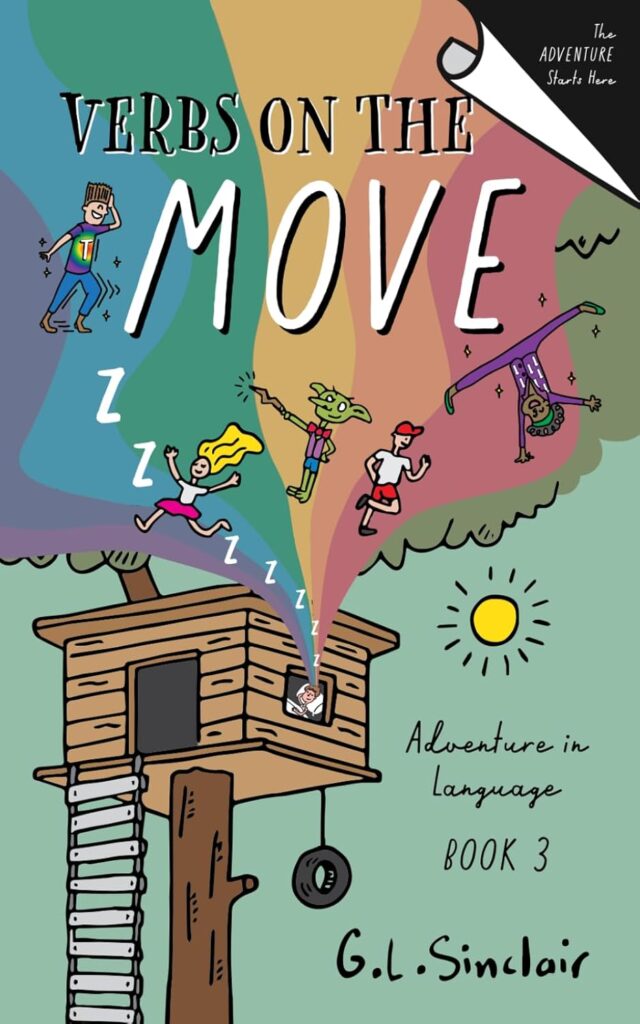
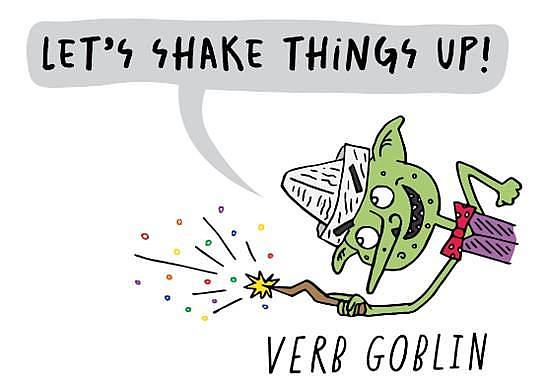

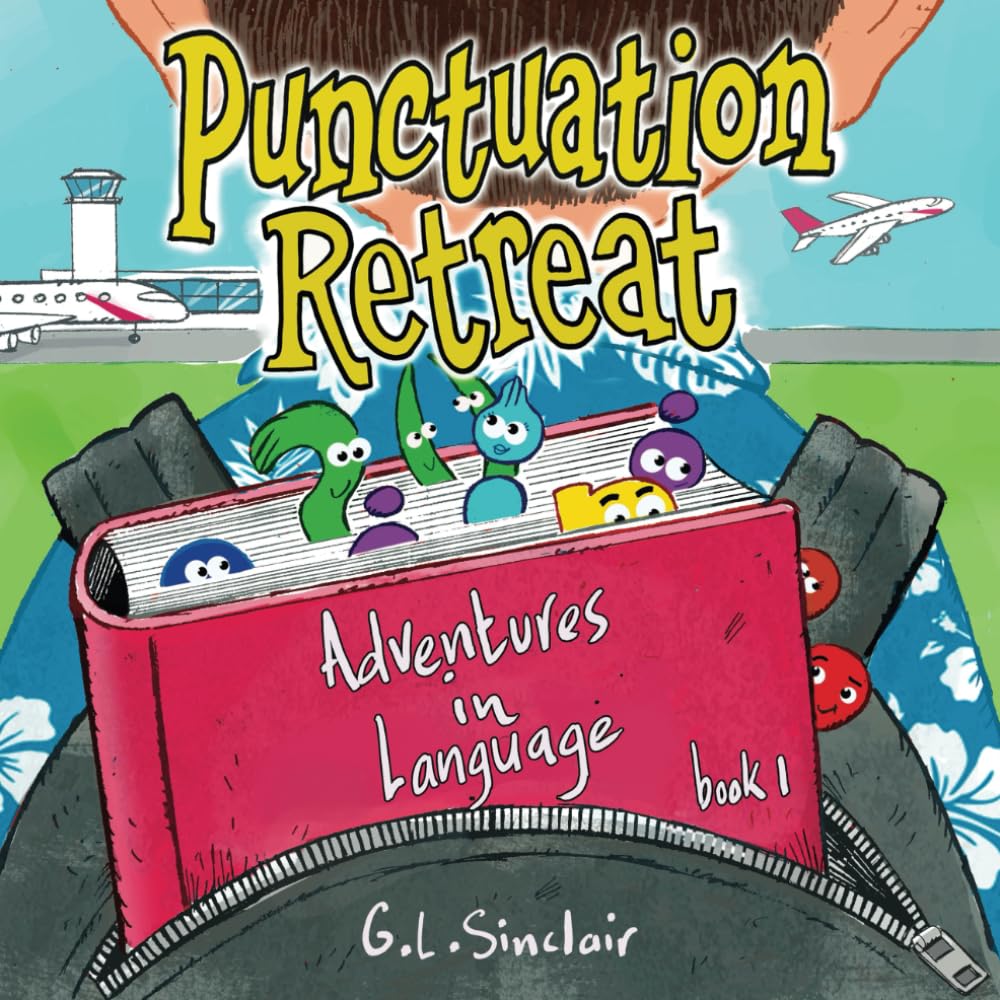
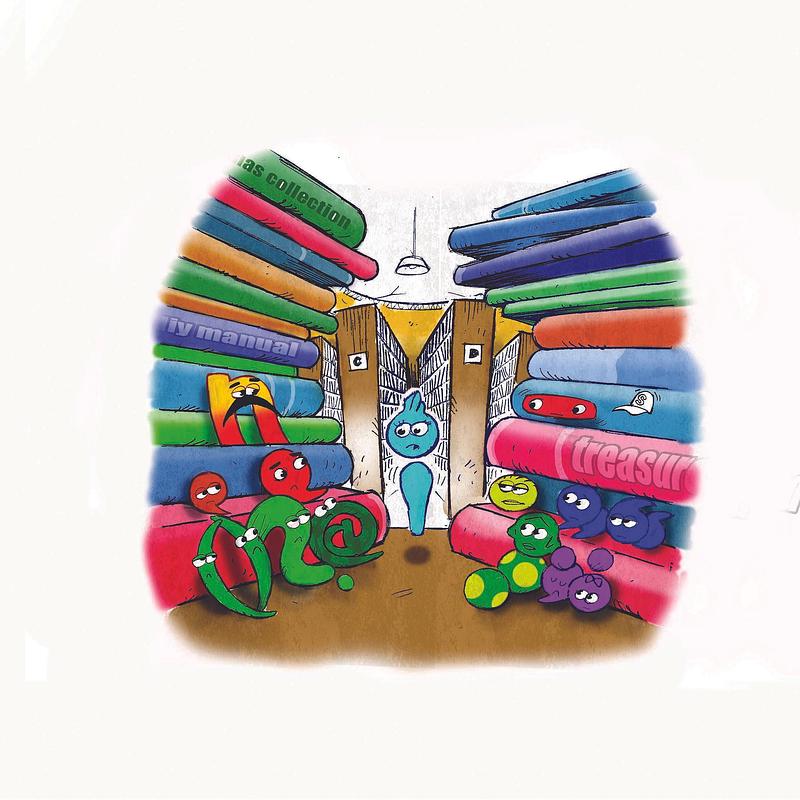

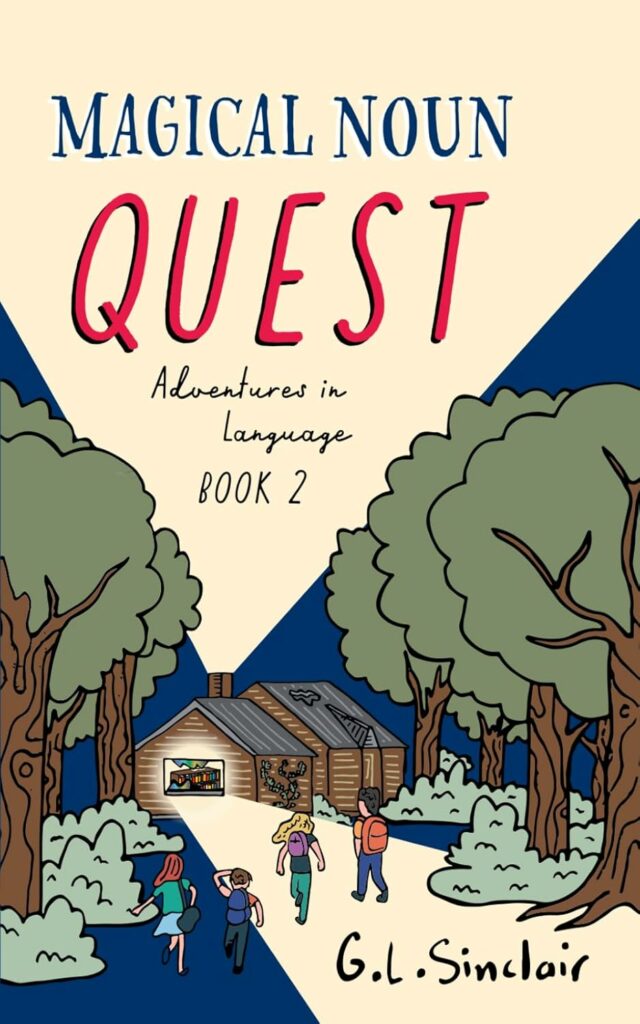
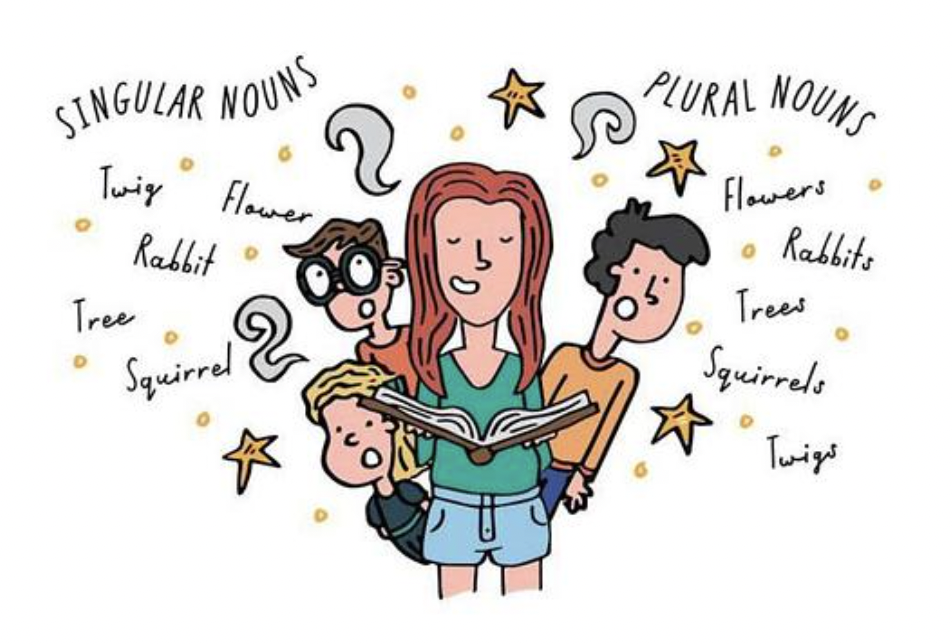
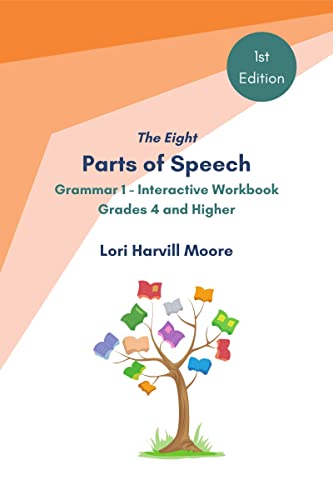 This downloadable interactive workbook allows students in
This downloadable interactive workbook allows students in 
